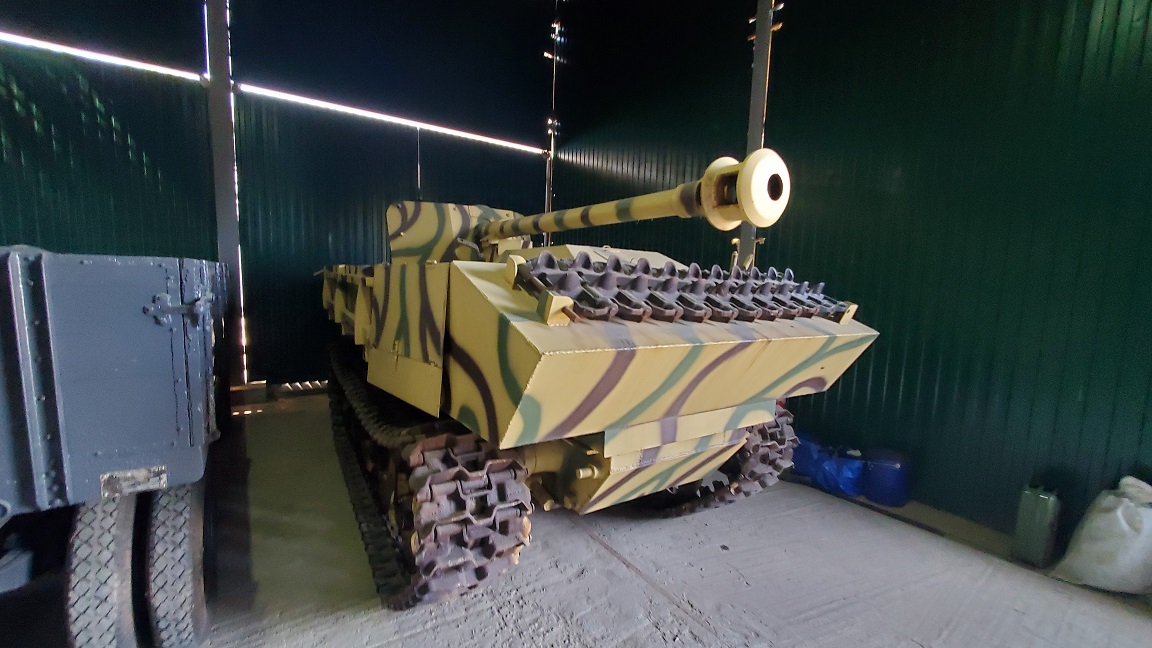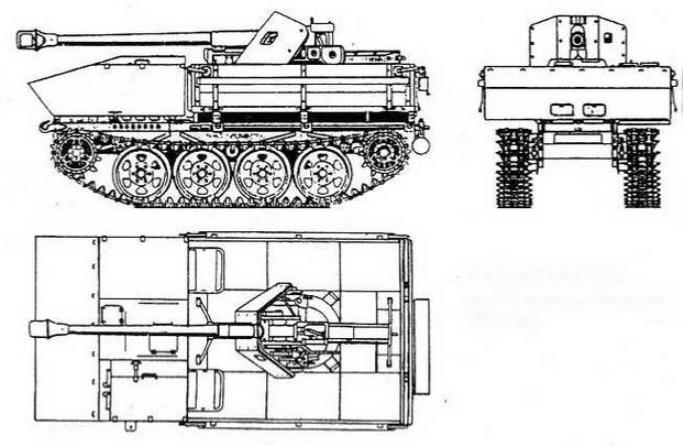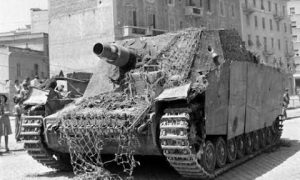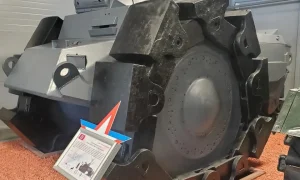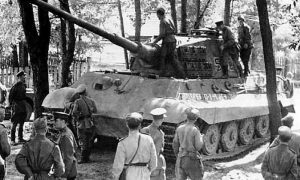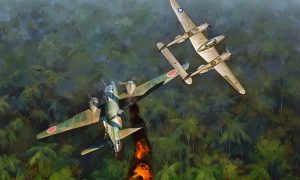RSO/Pak40 – Production and service
Operation Barbarossa was a difficult test for the Wehrmacht, which faced unpleasant surprises on the Eastern Front. One of them was a significant number of Soviet tanks with anti-cannon armor (T-34 Tank and KV Tank), against which the standard 37-mm anti-tank guns were ineffective. Another surprise was the poor quality of roads, which with the onset of the autumn thaw turned into a serious obstacle for vehicles and even half-track tractors. They tried to solve the first problem by introducing a 75-mm Pak 40 anti-tank gun into the troops, and the second by creating an “eastern” transporter-tractor RSO By combining these two products, a RSO/PAK40 tank destroyer was created in 1943.
In September 1943, the Steyr company began production of a batch of 50 self-propelled guns intended for military trials in Army Group South. On October 1, the car was shown to Hitler (by that time only three self-propelled guns were ready). A simple and cheap combat vehicle, armed with a powerful weapon, made a favorable impression on the Fuhrer. On his instructions, a plan was developed for the mass production of the 7.5 cm Pak 40/4 auf RSO (Sf), which provided for an increase in monthly production from 60 SPGs in March 1944 to 400 in July. However, while full-scale production was being prepared, not at all optimistic responses about the new ACS began to arrive from the front. As a result, less than a hundred cars were produced (there are data on 60, 83 and 89 units).
Most of the 7,5 cm Pak 40/4 auf RSO (Sf) ended up not in infantry formations, but in army tank destroyer battalions (Armee Panzerjäger-Abteilung). As far as can be judged, none of them was fully re-equipped with such SPGs – they received a maximum of one company each. Confirmed the use of the 7,5 cm Pak 40/4 auf RSO (Sf) in Army Group Center – in the 743rd battalion (9th Army) and 744th battalion (2nd Army); in Army Group North – in the 751st division of the 16th Army (3 self-propelled guns as of September 1, 1944) and the 752nd battalion of the 18th Army (8 self-propelled guns, of which 7 are serviceable, as of May 1 1944). They may have also served in the 741st, 742nd, and 753rd Battalions. There are also reports of the use of a 7,5 cm Pak 40/4 auf RSO (Sf) in the 18th Panzergrenadier Division (Army Group Center).
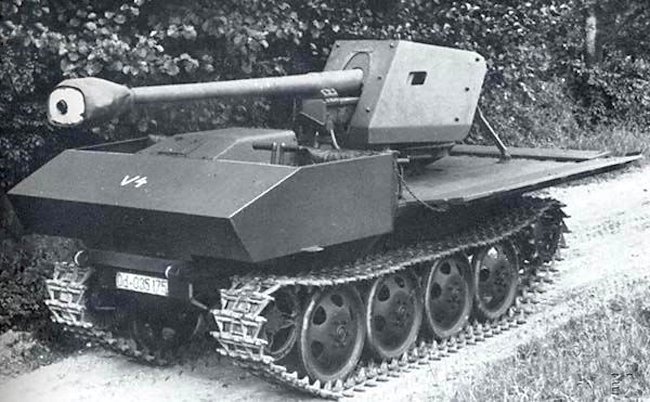
The 7,5 cm Pak 40/4 auf RSO (Sf) self-propelled anti-tank mount was not popular among the personnel. Among the greatest shortcomings were the low speed, excessive noise of the air-cooled engine and its tendency to overheat, as well as the absence of a normal fighting compartment, which made the crew’s work extremely uncomfortable both in battle and on the march. The ammunition racks were inconvenient and difficult to access. The high silhouette of the vehicle also caused displeasure, which not only made camouflage difficult, but also made the gun unstable when fired. The latter factor led to the nickname that the self-propelled gun was given to its calculations: they deciphered the abbreviation RSO as Rollender Sarg Ost – “East overturning coffin”.


